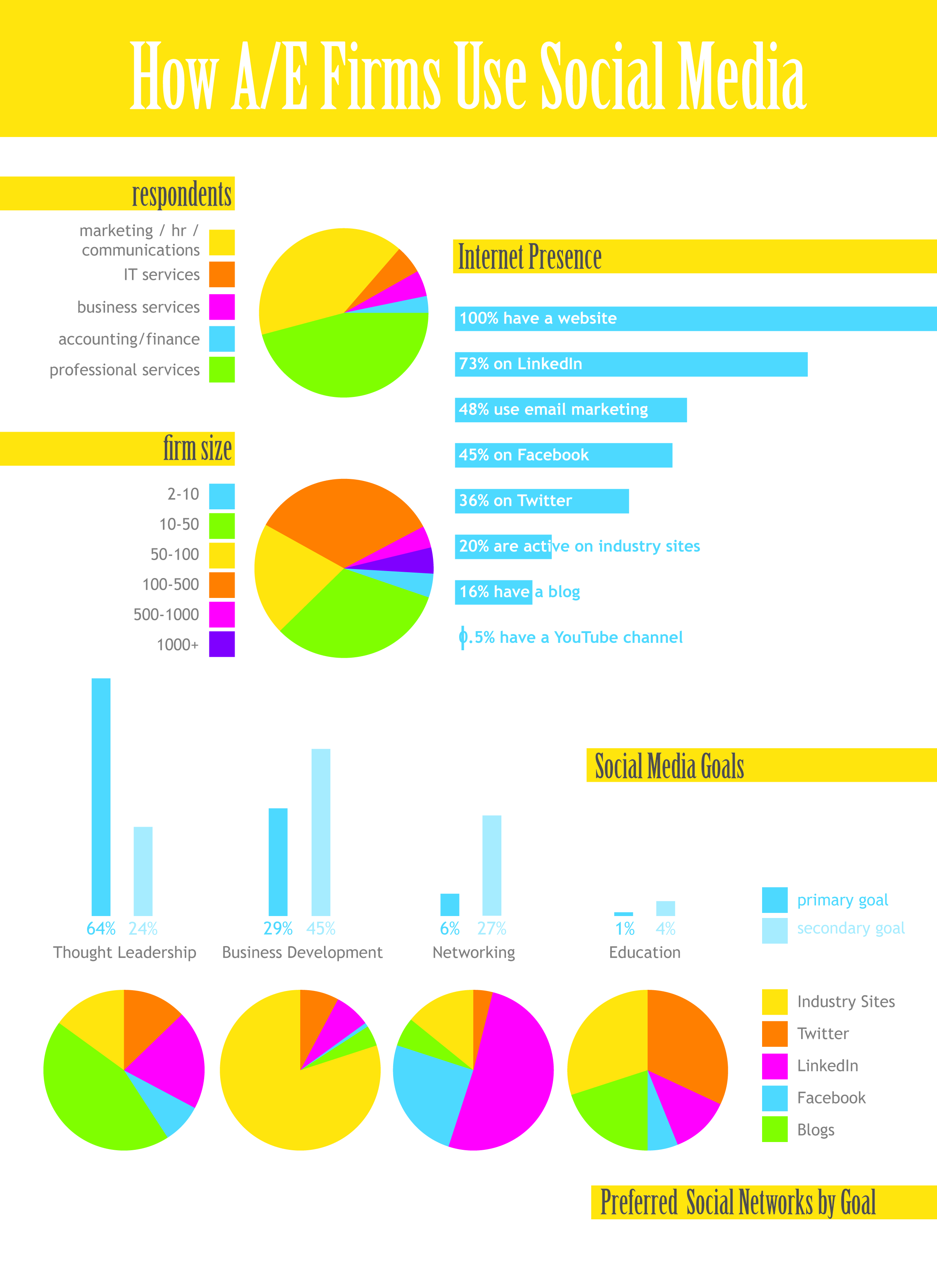 Smoking and public space. Lessons from a pilot park(let) project . Business from beetle blight. Consequences of turning on a light.
Smoking and public space. Lessons from a pilot park(let) project . Business from beetle blight. Consequences of turning on a light.
Cigarettes and public space. If the world was divided into smokers and non-smokers, the public spaces of the world would be their battleground. But it's less of a war than a contentious relationship as it mostly has to do with smell.
In a paper published recently in Urban Studies, Qian Hui Tan observes that smokers are "purveyors of sensory pollution" – creating a scent that, like all odors, can invade and take over. When that space is public, the impact can be immense, segregating and stratifying public spaces.
Written by Nate Berg
Via Atlantic Cities
Great civic space. Howard Blackson blogs about the lessons learned when San Diego Urbanist participates in the annual PARK(ing) Day by creating a temporary civic space on a local Main Street.
“Place matters. I say this because our Parklet was visited by an interested Parking Enforcement Officer who sat with us and discussed the conundrum of city design — something ideally in pursuit of our highest public aspirations — playing out in response to fear of the midnight drunk.” – Howard Blackson
Via PlaceShakers and Newsmakers
Salvaging dead trees. The University of Utah has teamed up with Euclid Timber to salvage trees from forests across the American West that have been devastated by a voracious mountain pine beetle.
The insects have cut a rapacious swath through the Utah corridor of Idaho, Utah and Arizona. A large majority of trees in Colorado are also dead, negatively impacting the state’s tourism industry. The university and Euclid Timber are salvaging dead trees left in the wake of the beetles, whose reproductive cycle evidently has been doubled by warming trends across North America in recent years.
Written by J. Michael Welton
Potency of scale. Peter Syrett of Perkins + Will blogs about the documentary ‘Powers of Ten’ by Ray and Charles Eames which examines how perceptions of our surroundings change at different scales.
Syrett uses the film to illustrate how a simple act like turning on a light has a multitude of environmental impacts at an exponential range of scales.



